
The Taranaki region is defined by the perfect volcanic cone of Mt Taranaki (also known as Mt Egmont) and the lush green rectangular dairy farm blocks at its base.
The densely forested flanks of Mt Taranaki are surprisingly free of big game incursions thanks to the tireless efforts of the Department of Conservation.
Drive inland towards the great expanse of the Whanganui National Park and the farmland gives way to wilderness. There is no symmetry or geometric order here – just a vast jumble of heavily bushed, broken country. Matemateonga, east of Stratford and Kaharoa above the Patea River are the prominent mountain ranges. Over 30 densely forested areas embrace the headwaters of the Waitotara, Urenui, Waitara, Patea and Tangarakau rivers.
The Department of Conservation encourages recreational hunting in these areas, but it is becoming increasingly difficult to locate game. Red deer struggle to survive in the forest blocks and are in barely huntable quantities.
Wild pigs prefer warm conditions on lower bush slopes with good ground cover. The Taranaki backblocks area west of the Whanganui National Park from Whangamomona down to Patea has scrub covered hills that provide these conditions. Along with the King Country, this region used to offer some of the best wild pig hunting in New Zealand but in recent years farming development and sustained hunting pressure by local pig hunters has drastically reduced numbers. Local knowledge and perseverance is now needed as the remaining porkers are hard to get. Many farms in the area are closed to the public but there are still some legal access points (check with DoC). Goats occur in low numbers throughout the more isolated eastern Taranaki areas, but public access is difficult. Taranaki has a number of Safari farms in operation offering fallow and red deer trophy hunting.
In addition Taranaki has more than 1,500 lakes, ponds and wetlands that provide good habitat for waterfowl and there is consistently good shooting for mallard, grey and paradise shelducks as well as Canada geese in the renowned Waimarino areas.

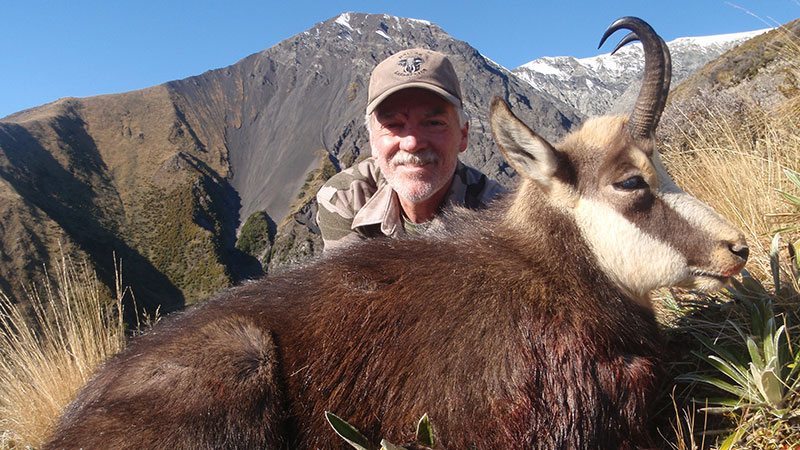
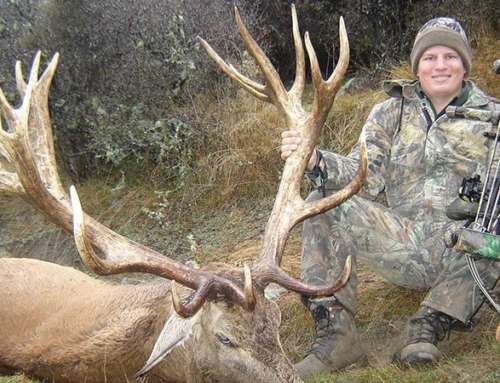
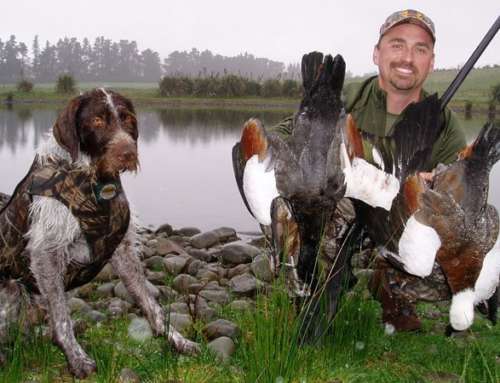
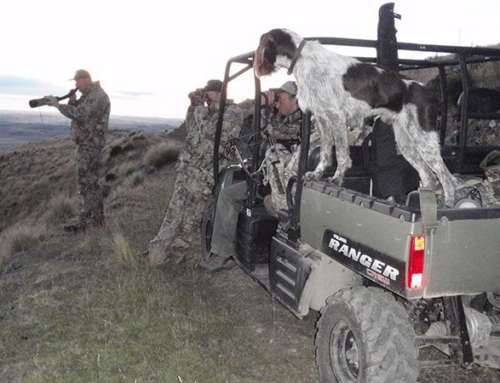
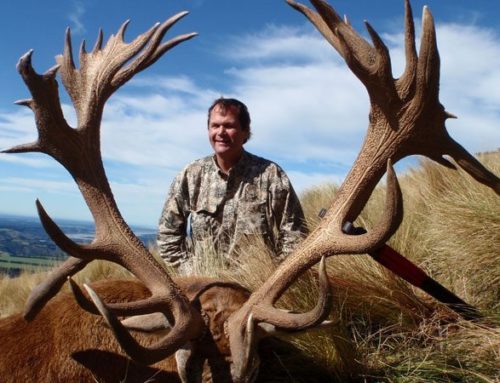
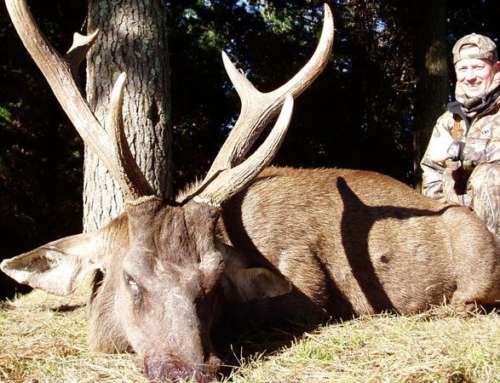
Leave A Comment